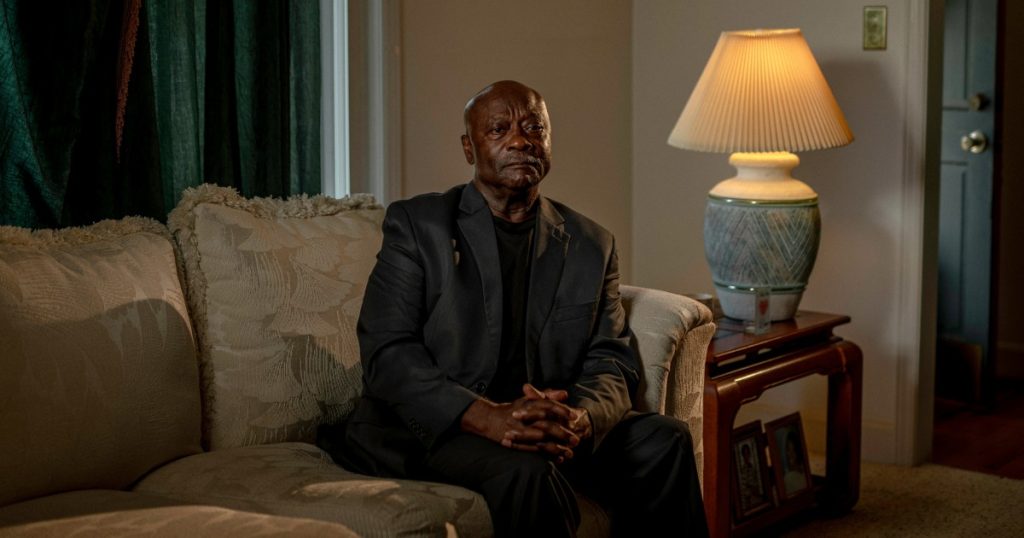Medical debt is a significant issue in the United States, with Americans owing at least $220 billion according to KFF. This debt has contributed to financial anxiety among voters and has become a key issue in the 2024 presidential campaign. The burden of medical debt is especially prevalent in states like South Dakota, Mississippi, and North Carolina, where a large percentage of the population is affected. Many Americans struggle with medical debt even when they have insurance, particularly those with chronic health conditions who require frequent interaction with the healthcare system.
Patients facing medical debt often find themselves dealing with incorrect bills and a lack of help navigating the complex healthcare system. Nonprofit hospitals are required to offer financial assistance programs under the Affordable Care Act, but patients do not always receive information about these options. Additionally, hospital bills are often difficult to understand and can be riddled with errors, making it challenging for patients to determine what they owe. A significant portion of U.S. adults report receiving unexpected medical bills that were not covered by their insurance, further adding to the financial strain caused by medical debt.
In North Carolina, residents like Terry Belk and Darcy Guill are grappling with the consequences of medical debt. Belk, who has been battling medical debt for over 20 years, describes it as a constant burden that he carries with him every day. Guill, a former elementary school teacher, found herself facing a $4,000 bill for emergency surgery despite having health insurance. While she is grateful for the recent expansion of Medicaid coverage in North Carolina, many residents continue to struggle with medical debt due to insufficient insurance coverage and high healthcare costs.
The high cost of healthcare in the U.S. plays a significant role in contributing to medical debt, with one-third of healthcare dollars spent on hospital care. A significant portion of bankruptcies in the U.S. are attributed to medical expenses, particularly in states where Medicaid expansion has been limited. Hospitals are often unable to provide accurate and transparent pricing for services, leading to confusion and frustration among patients. Patients who challenge their bills often see reductions, but many do not question the charges they receive, further exacerbating the issue of medical debt.
In North Carolina, the healthcare landscape is further complicated by hospital consolidations and legalities surrounding medical debt. Recent mergers among hospitals have limited competition, leading to higher costs of care, particularly in rural areas. State laws allow hospitals to sue patients for medical debts, with legal judgments lasting up to 20 years and carrying 8% interest rates. These judgments can also act as liens against patients’ homes, adding an additional layer of financial strain for those already struggling with medical debt. As residents continue to grapple with these challenges, advocacy efforts are underway to address the systemic issues contributing to medical debt and improve access to affordable healthcare for all Americans.













